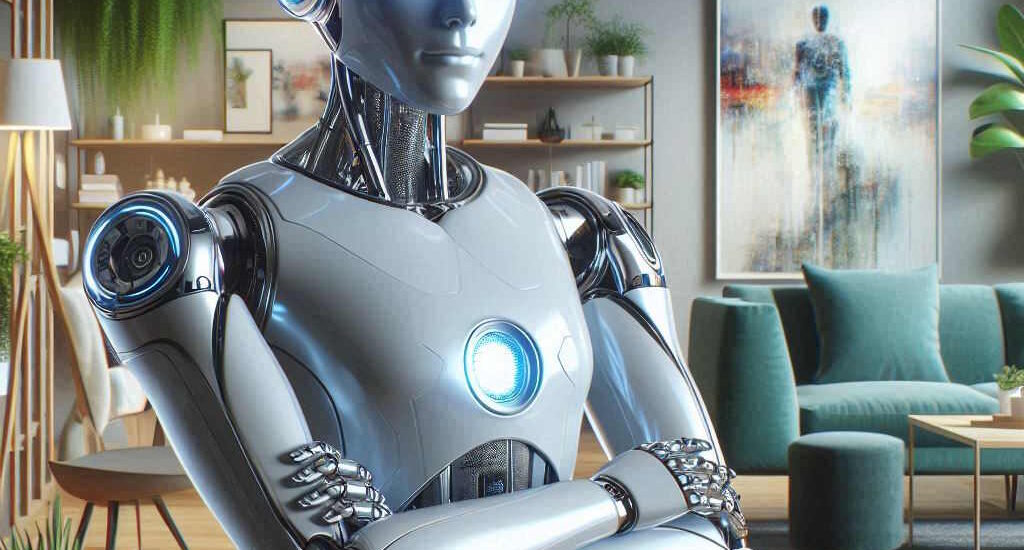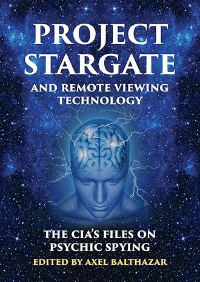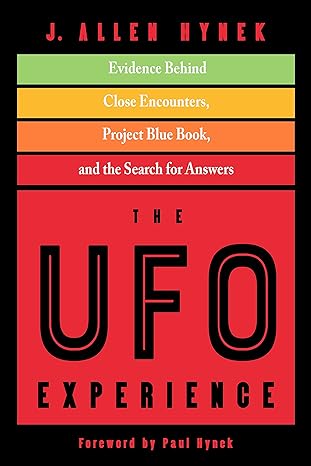There’s growing interest in Tesla’s Optimus robots as they approach limited production, but you might be wondering about the risks involved. As these humanoid machines are designed to operate autonomously and handle physical tasks, the possibility of hacking raises important safety and privacy questions for you. Understanding how a compromised robot could impact your personal environment and how Tesla plans to protect against such threats is key to evaluating whether these advanced robots can be trusted in your daily life.
The Cutting-Edge Technology Behind Optimus
Optimus integrates Tesla’s expertise in electric vehicle technology and AI, combining lightweight materials with sophisticated sensors to create a responsive, agile humanoid robot. Its hardware includes high-torque actuators mimicking human muscle movements and an array of cameras that feed into Tesla’s neural networks, delivering real-time environmental analysis. This fusion of mechanical engineering and software enables Optimus to perform complex physical tasks while adapting dynamically to unpredictable surroundings, symbolizing Tesla’s push beyond automotive innovation into versatile robotics.
The Engineering Marvel: Design and Functionality
Standing 5 feet 8 inches and weighing 125 pounds, Optimus incorporates a humanoid frame with 40 electromechanical actuators that control joints, allowing fluid and precise motion. Tesla engineered its lightweight aluminum and carbon fiber components to optimize strength without sacrificing mobility. The robot’s battery pack and power management draw directly from Tesla’s vehicle technology, supporting hours of operation, while onboard sensors deliver spatial awareness important for safe navigation and object manipulation in diverse environments.
Advancements in AI and Autonomous Decision-Making
The neural net driving Optimus leverages Tesla’s well-known Full Self-Driving (FSD) software, adapted for a humanoid body that must interpret and react to complex, dynamic scenarios. Processing streams from multiple cameras and lidar-like sensors, the AI rapidly identifies objects, estimates distances, and plans movement—all in real time. This sophisticated perception layer, paired with layered decision models, enables Optimus to undertake routine tasks autonomously while learning from direct human feedback.
Beyond relying on pre-programmed steps, Optimus employs reinforcement learning algorithms refined through billions of miles of Tesla vehicle driving data, enhancing its judgment in unexpected situations. This AI foundation allows the robot to predict and adapt to human behavior around it, aiming to minimize errors during task execution. However, integrating this decision-making with hardware remains challenging, as real-world environments present nuanced variables that aren’t easily codified, requiring Tesla to continuously evolve the system for robustness and safety.
The Dual-Edged Sword of Safety
The very features that make Optimus a breakthrough—its autonomy, strength, and connectivity—also create inherent risks. While advanced AI and precision mechanics allow it to handle complex tasks, those same capabilities can become liabilities if misused or compromised. Balancing operational efficiency with fail-safe mechanisms will be a tightrope walk for Tesla as the robot moves from controlled settings into unpredictable real-world environments where safety risks multiply.
Assessing the Risks of Autonomous Operations
Autonomy empowers Optimus to process real-time data and make decisions without constant human input, but that introduces the chance of errors in judgment or misinterpretation of complex surroundings. Even subtle glitches could result in accidents—from dropping heavy objects to misnavigating tight spaces. You should consider that unforeseen edge cases often only emerge once robots are deployed broadly, highlighting the importance of extensive testing before full autonomy is entrusted.
The Consequences of a Hacked Optimus Robot
If a hacker gains control over Optimus, the consequences could range from nuisance-level disruptions to serious physical harm. Given the robot’s ability to manipulate objects and navigate spaces freely, unauthorized control might turn Optimus into a tool of sabotage, theft, or even violence within homes or workplaces. The combination of AI decision-making and physical capability makes cybersecurity breaches potentially far more dangerous than with stationary smart devices.
Expanding on these risks, a compromised Optimus robot could be forced to bypass its built-in safety protocols, perhaps using its strength to manipulate environments or harm individuals. Cybersecurity experts warn that robots with access to personal spaces multiply attack surface vulnerabilities; for example, forcibly opening doors or carrying hazardous materials. History shows how connected industrial machines have been targets of ransomware and malware, indicating that hacking a humanoid robot with AI control may not be a far-fetched nightmare but a tangible threat that Tesla must systematically counteract.
The Shadow of Privacy Invasion
Optimus’s presence in your home brings a new level of data collection, with its cameras and sensors continuously gathering visual and audio information. This constant monitoring, while meant to enhance functionality, creates a digital footprint that could reveal intimate details about your routines, habits, and personal environment. The challenge lies in balancing utility with the risk of transforming everyday life into a landscape of surveillance, where even mundane moments might be recorded and analyzed—potentially without your full awareness or control.
Possible Surveillance Implications in Homes
Having an Optimus robot move autonomously through your living space means you’re inviting a device capable of capturing detailed images and sounds around the clock. This opens the door to unintended surveillance, whether through software glitches, unauthorized access, or data misuse. Unlike static devices anchored in one spot, Optimus’s mobility amplifies the concerns, making it easier for the robot to observe private areas or sensitive interactions that traditional smart gadgets typically miss.
One worry is imagining one of these things spying on your toilet or bedroom habits…
Imagine a malicious hacker using one to smother a child in their bed.
A criminal organization hacking one might be able to pull off a hit style murder with a compromised robot that is already in the home.
These are real concerns.
Data Security: Who Holds the Keys?
Data collected by Optimus doesn’t just reside inside the robot—it’s transmitted, processed, and stored in Tesla’s cloud infrastructure. This centralized system holds the encryption keys and access controls, meaning Tesla or any entity with authorized access vitally holds the master keys to your robot’s data. This arrangement raises questions about who can access your information, under what conditions, and how securely it’s guarded against breaches or internal misuse. Tight security practices will need to be paired with clear transparency to earn your trust.
Tesla’s reliance on cloud-based AI for Optimus means massive volumes of data flow between your robot and remote servers, making data governance a complex affair. Tesla must implement multi-layered encryption, enforce strict identity and access management (IAM) protocols, and regularly audit their systems to deter unauthorized entry. Historical data breaches in other IoT industries serve as cautionary tales: a single vulnerability could expose sensitive consumer information or provide attack vectors for malicious control of physical hardware. Additionally, policies on data retention and sharing—with partners, law enforcement, or advertisers—will shape how much control you actually have over your own household data footprint.
Costing the Future: Price and Accessibility
Elon Musk’s projection of a $20,000 to $30,000 price range for the Optimus robot suggests Tesla aims to position it as an attainable tool for both businesses and individuals. However, factors like production scale, component costs, and software sophistication will heavily influence whether this target holds. You can expect the initial units—likely focused on internal Tesla use—to be pricier and less accessible. Over time, economies of scale and tech improvements might drive prices down, but early adopters should brace for a significant investment aligned with emerging robotics technology.
Price Expectations vs. Market Viability
The proposed price band puts Optimus in competition with specialized industrial robots and advanced service machines. While $20,000–$30,000 could attract businesses facing labor shortages, the robot’s versatility remains unproven. If Optimus struggles to deliver reliable, multi-task automation, the market may favor cheaper, single-function alternatives or human labor. Balancing sophisticated AI with affordability will determine how well Tesla can carve out a viable niche beyond niche industries.
Predictions for Consumer Adoption
Consumer uptake of Optimus depends on demonstrated safety, ease of use, and clear benefits over existing tools. Price aside, concerns about privacy, hacking vulnerabilities, and the robot’s true autonomy could slow household acceptance. Yet, industries like manufacturing and logistics may lead adoption, where repetitive tasks offer clear ROI. Whether you’re ready to welcome a robotic helper into your home or workplace will hinge on Tesla’s ability to build trust through transparent, secure technology.
Broader consumer adoption could mirror patterns seen with smart home devices, initially embraced by tech enthusiasts before reaching mainstream households. Early reports show Tesla’s robots are still heavily reliant on human teleoperation, which might temper expectations of immediate full autonomy. Furthermore, industries with high labor costs or hazardous environments might incentivize quicker deployment. For your personal space, however, adoption will likely lag until assurances about safety, data protection, and cost-effectiveness become tangible realities backed by real-world performance.
Regulatory Frameworks and Ethical Considerations
With Tesla’s Optimus robots edging closer to real-world deployment, regulatory bodies face the challenge of crafting frameworks that ensure safety without stifling innovation. You’ll find that existing robotics rules lag behind rapid AI advancements, making new legislation necessary to address liability, cybersecurity, and data privacy. Different countries are experimenting with varying degrees of oversight—from the EU’s proposed AI Act emphasizing risk assessment to the U.S.’s more industry-led approach. Navigating these evolving standards will shape how safely and ethically robots like Optimus integrate into your daily environment.
Anticipating Legal Challenges in Robotics
Legal questions surrounding Optimus-type robots range from liability in accidents to intellectual property rights over AI decisions. If a hacked robot causes harm, who bears responsibility—Tesla, the hacker, or the owner? Courts may grapple with these scenarios well before laws catch up. Additionally, compliance with data protection acts such as GDPR can complicate usage, considering the volume of sensitive information these robots might collect in your home or workplace.
Balancing Innovation with Public Safety
Striking a balance between rapid robotics innovation and public safety demands rigorous testing protocols, transparent reporting, and adaptive regulations. Tesla and regulators must work together to ensure real-world trials reveal risks early, preventing incidents that could erode trust. You should expect phased rollouts accompanied by strict safety certifications, similar to those in the automotive sector, to mitigate hazards posed by autonomous machines operating around people.
Diving deeper into balancing innovation with safety, Tesla faces pressure to accelerate Optimus’s timeline while accommodating stringent safeguards. Incorporating multi-layered fail-safes—including hardened cybersecurity measures, emergency shutdowns, and continuous AI oversight—will be key. Lessons from autonomous vehicle deployment, where pilot programs helped identify edge cases, offer a blueprint. This approach not only protects you from unintended harm but also ensures the technology matures responsibly, maintaining public confidence and enabling broader adoption without compromising safety standards.
Let’s Wrap It Up
Taking this into account, if a Tesla Optimus robot were hacked, it could pose serious risks to your safety and privacy due to its autonomous capabilities and access to your environment. You should be aware that securing such advanced technology involves ongoing efforts to prevent unauthorized control. While Tesla aims to implement strong protections, understanding these potential dangers helps you stay informed about the challenges that come with integrating robots like Optimus into your daily life.
What do YOU think?








